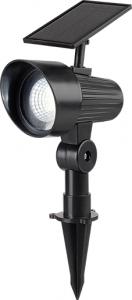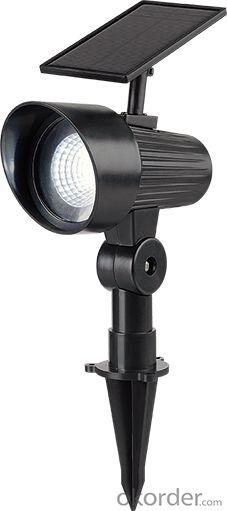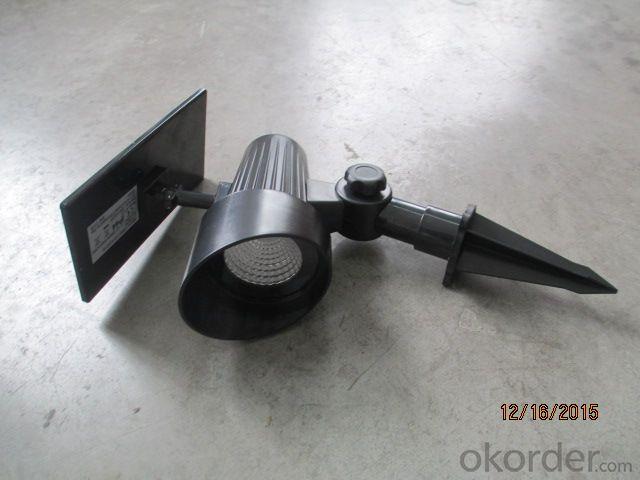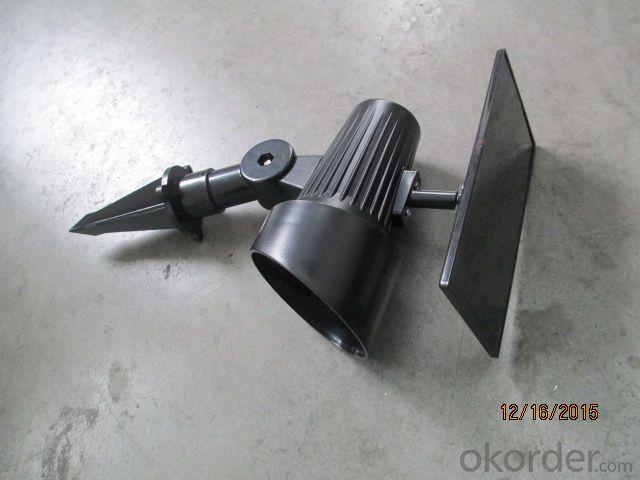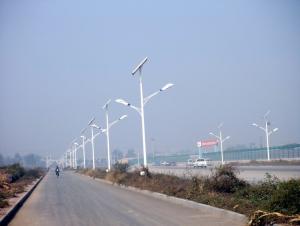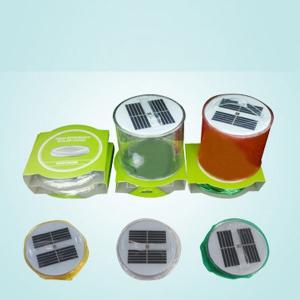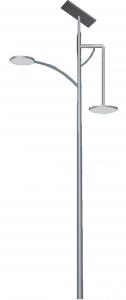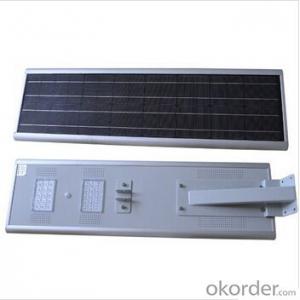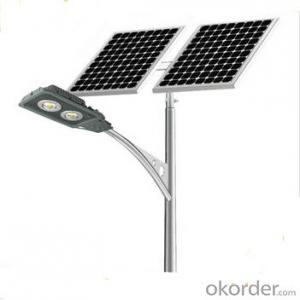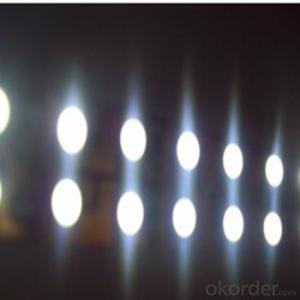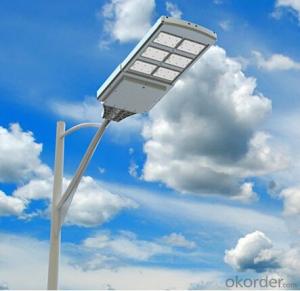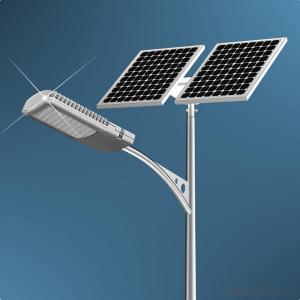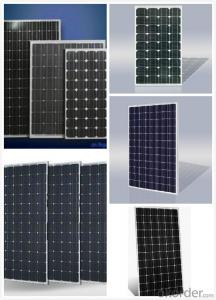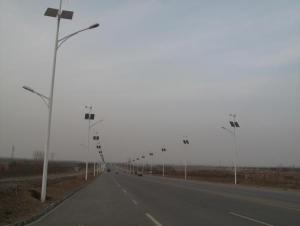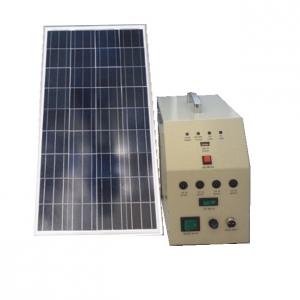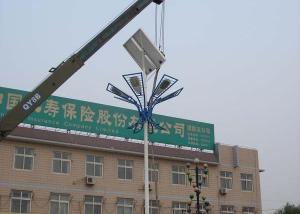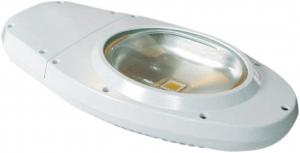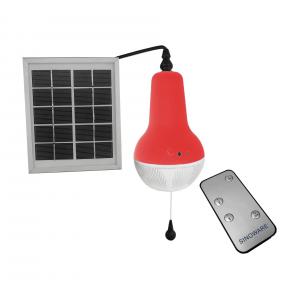Solar Light Panel BT9005C Solar
- Loading Port:
- Ningbo
- Payment Terms:
- L/C,T/T
- Min Order Qty:
- 5000 Pieces pc
- Supply Capability:
- 5000 Pieces per Month pc/month
OKorder Service Pledge
Quality Product, Order Online Tracking, Timely Delivery
OKorder Financial Service
Credit Rating, Credit Services, Credit Purchasing
You Might Also Like
Light body materials: PS, Included mounting
accessories
Long buring time: Approx. 8 hours when fully
charged
Protection class: IP44
2LED, 3 batteries with solar panel, 30LM
Suitable places: Lawn, Garden, Park, Path, etc
accessories
Long buring time: Approx. 8 hours when fully
charged
Protection class: IP44
2LED, 3 batteries with solar panel, 30LM
Suitable places: Lawn, Garden, Park, Path, etc
- Q: How do solar lights impact wildlife and insects?
- Solar lights have a minimal impact on wildlife and insects compared to traditional lighting sources. One of the main advantages of solar lights is that they do not emit harmful pollutants or greenhouse gases, making them an environmentally friendly lighting option. This lack of emissions helps to preserve the natural habitats of wildlife and insects. Moreover, solar lights do not rely on electricity from the grid, reducing the need for power plants that can disrupt ecosystems and harm local wildlife. Additionally, the installation of solar lights does not require extensive digging or construction, minimizing disturbances to the natural environment. In terms of insects, solar lights generally have a lower attraction to insects compared to traditional lights. Traditional lights emit ultraviolet (UV) rays that attract insects, causing them to gather around the light source. In contrast, solar lights emit less UV radiation, making them less attractive to insects. This can help preserve the natural behaviors and populations of insects, which play crucial roles in pollination, decomposition, and maintaining ecological balance. However, it is important to note that some studies have suggested that certain types of solar lights, especially those with a higher color temperature (such as blue-white lights), may still attract insects to a certain extent. Although the impact is relatively minimal compared to traditional lights, it is essential to use warm-colored solar lights or install them in a way that minimizes their attraction to insects. Overall, solar lights have a positive impact on wildlife and insects by reducing emissions, minimizing habitat disruption, and decreasing the attraction to insects. By choosing solar lights over traditional lighting sources, we can contribute to the conservation of biodiversity and the preservation of our ecosystems.
- Q: Can solar lights be used on fences and walls?
- Yes, solar lights can definitely be used on fences and walls. In fact, they are a popular choice for outdoor lighting in these areas. Solar lights are designed to be mounted on various surfaces, including fences and walls, with ease. They come with mounting brackets or hardware that allow for easy installation. Solar lights are a great option for fences and walls because they do not require any electrical wiring or outlets, as they are powered by the sun. This also makes them energy-efficient and environmentally friendly. Additionally, solar lights provide added security and visibility to fences and walls, enhancing the overall aesthetics and functionality of these structures. So, if you are looking to add some decorative or functional lighting to your fences or walls, solar lights are an excellent choice.
- Q: Can solar lights be used for outdoor weddings and events?
- Yes, solar lights can be used for outdoor weddings and events. They are a great eco-friendly option as they do not require electricity and can provide beautiful and ambient lighting. Additionally, solar lights are portable and easy to install, making them perfect for outdoor venues.
- Q: Do solar lights have a built-in power backup system?
- No, solar lights typically do not have a built-in power backup system. They rely solely on the energy collected from the sun during the day to power the lights at night.
- Q: How do solar lights charge during the day?
- By harnessing the power of photovoltaic cells, commonly referred to as solar panels, solar lights are capable of charging themselves during daylight hours. These panels consist of numerous silicon cells that effectively capture and convert sunlight into usable electricity. When the photovoltaic cells are struck by sunlight, an electrical current is generated and subsequently stored within rechargeable batteries housed within the solar light itself. These batteries are specifically designed to retain the energy until it is required to illuminate the light during nighttime. Therefore, as long as the solar panel is exposed to sufficient sunlight, the solar light will consistently charge and preserve energy, ensuring its readiness to illuminate as darkness descends.
- Q: The working principle of solar lamps
- The use of photovoltaic effect of the principle of solar solar panels solar solar panels to receive solar radiation and converted into electrical energy output, through the charge and discharge controller stored in the battery, the night when the illumination gradually reduced to 10lux or so, the solar panel open circuit voltage 4.5V
- Q: How long does it take for solar lights to fully charge?
- The time required for solar lights to fully charge can vary depending on factors such as the size and efficiency of the solar panels, the intensity of sunlight, and the capacity of the batteries. On average, it usually takes around 6-8 hours of direct sunlight exposure for solar lights to reach a full charge.
- Q: Can solar lights be used for outdoor sculptures or art installations?
- Yes, solar lights can certainly be used for outdoor sculptures or art installations. They are a popular and eco-friendly choice for illuminating outdoor artwork or sculptures as they do not require any wiring or electricity. Solar lights harness sunlight during the day to charge their batteries, and then automatically turn on at dusk to provide ambient or accent lighting for the sculptures or art installations. They offer a convenient and sustainable solution for enhancing and highlighting outdoor artistic creations.
- Q: Are solar lights more expensive than traditional lighting options?
- Solar lights can be initially more expensive than traditional lighting options due to the cost of the solar panels and batteries. However, they are more cost-effective in the long run as they do not require electricity to operate, resulting in significant savings on energy bills. Additionally, solar lights have a longer lifespan and require minimal maintenance, further reducing overall costs.
- Q: Are solar lights suitable for lighting up parking lots?
- Yes, solar lights can be suitable for lighting up parking lots. They are a cost-effective and environmentally friendly option, as they harness energy from the sun to power the lights. Solar lights are easy to install, require minimal maintenance, and can provide sufficient illumination for parking lots during the night. However, their effectiveness may depend on factors such as the size of the parking lot, the number of lights needed, and the amount of sunlight available in the area.
Send your message to us
Solar Light Panel BT9005C Solar
- Loading Port:
- Ningbo
- Payment Terms:
- L/C,T/T
- Min Order Qty:
- 5000 Pieces pc
- Supply Capability:
- 5000 Pieces per Month pc/month
OKorder Service Pledge
Quality Product, Order Online Tracking, Timely Delivery
OKorder Financial Service
Credit Rating, Credit Services, Credit Purchasing
Similar products
Hot products
Hot Searches
Related keywords
